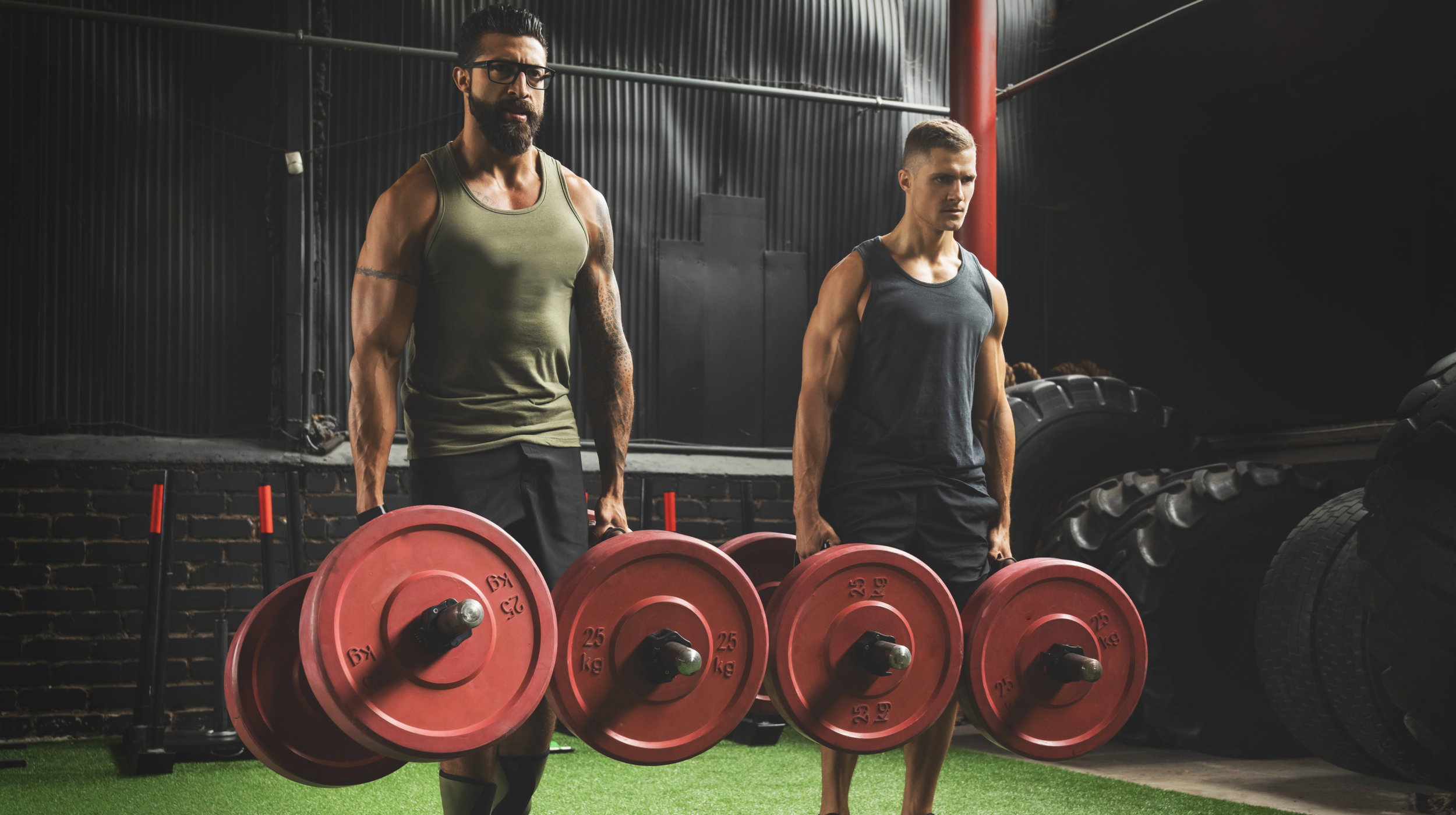Best Core Exercises
Dec 10, 2019 mindpumpIf you were to ask 100 random people which part of their body they would most want to improve the appearance of, most of them would say “abs” or “midsection” or some word or phrase that refers to their core. To most people your abs and midsection visually represent your fitness levels more so than any other part of your body. This makes sense when you consider the importance of the core muscles. Your core is extremely important for function and performance. Consider that the most common area of pain and injury among people is the lower back and, more often than not, this is due to weak or dysfunctional core muscles. A visibly tight and muscular core says “I am fit” more than any other body part. In this article, I will teach you how to train the most important muscles of the core and, in the end, I will give you a sample core training routine.
To properly train your core you must first understand the muscles of the core and their function. Your core muscles keep your spine stable, rotate your trunk, bend you forward and back and bend your trunk side to side. If you want an amazing looking core that is also strong and functional you should include exercises that work all of these functions.
Let’s start with the abs. Most people think the abs bend the whole body forward but this is only partially true. They bend your trunk forward at the lower back in a “curling” motion. Doing a sit up or leg raise where you bend your body at your hips will not train the abs in their full range of motion. Any trainer or coach will tell you that in order to develop a muscle in the most effective way possible, you have to train it in a full range of motion. Imagine training your biceps by doing curls and only bending your arms a few inches. Your biceps would lack development and strength. Also keep in mind that most of the strength gains you make when you train go to the range of motion you train in. When it comes to the abs, you need to roll up through your lower spine and unroll through your lower spine to get full activation. One of my favorite abdominal exercises is the physio ball crunch. I love this exercise because it encourages a full range of motion. Here’s a demonstration of the physio ball crunch.
Next up are the obliques. These muscles are on the sides of the body and they are responsible for bending your trunk to the side (lateral flexion) and, more importantly, they rotate your trunk. When you do oblique exercises its important to twist at the trunk and not at the hips and to not compensate with your arms and legs. One of my favorite rotating oblique exercise is the cable side chop as demonstrated here.
Finally, let’s talk about a muscle that never gets any love – the transverse abdominis (TVA). It’s too bad that almost no one pays attention to the TVA because working it can literally make your midsection FLATTER. This muscle is underneath your abs and is responsible for stabilizing your core (keeping it tight). When you suck your belly in you are activating your TVA. To be clear, the TVA is activated in almost every single core exercise, but I have always included a TVA specific exercise in my client’s workouts because of the results they would see. Smaller waists and less back pain were common with clients who worked their TVA muscles weekly. One of my favorite TVA exercises in the stomach vacuum. I demonstrate them in this video.
Now you have a few of my favorite exercises for your core but we aren’t done yet. Besides training your core with the full range of motion exercises that I just gave you, we also want to include exercises that train your ability to “stabilize.” Stabilization is the ability to brace, tighten and support. This is one of the most crucial functions of the core because it keeps your spine safe every time you move. My favorite stabilization exercise is the farmer walk. It works on your cores ability to stabilize while you move the rest of your body, which is closer to how you would need this function in everyday life. Farmer walks are also excellent at strengthening the muscles of the back. Here is a great video demonstrating a farmer walk.
Let’s put all of that together into a good basic routine for great core muscle development. Do the following routine 2-3 times a week for best results.
Physio Ball Crunches 3 sets of 8-12 reps
Cable Side Chops 3 sets of 8-12 reps each side
Vacuum pose 3 sets of 5 rep 20 second holds
Farmer walk 2 sets of 30 steps







